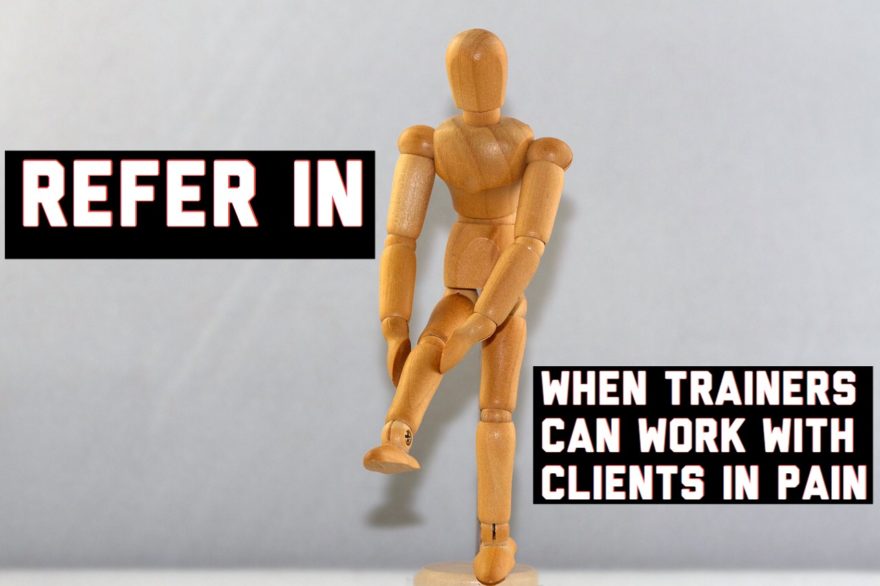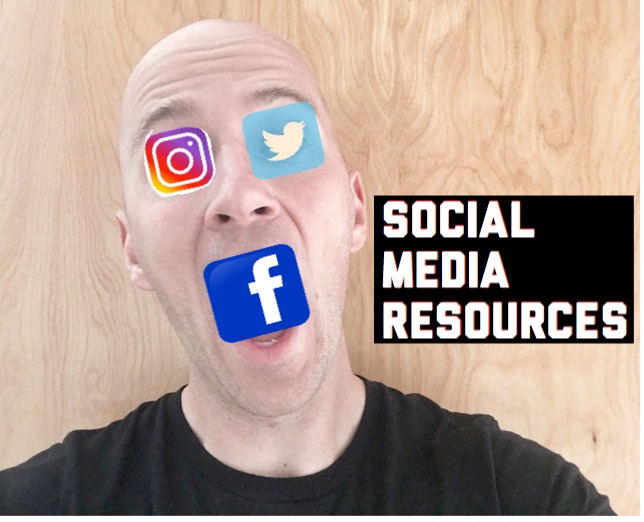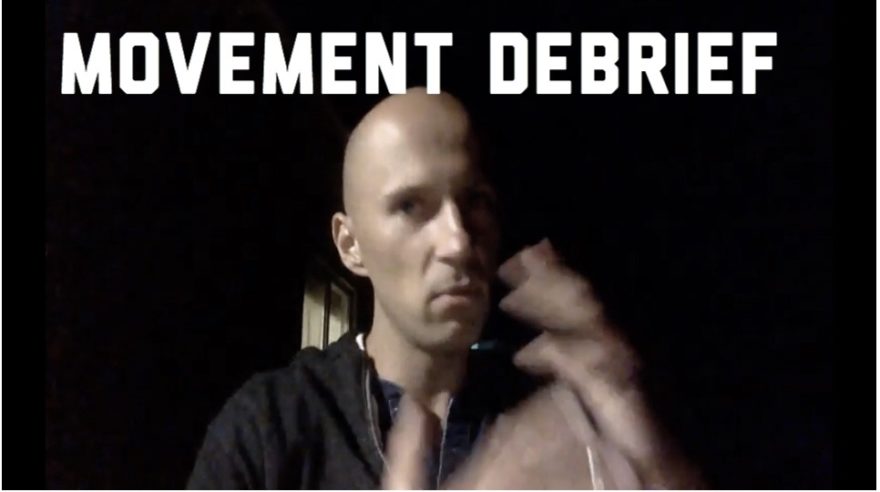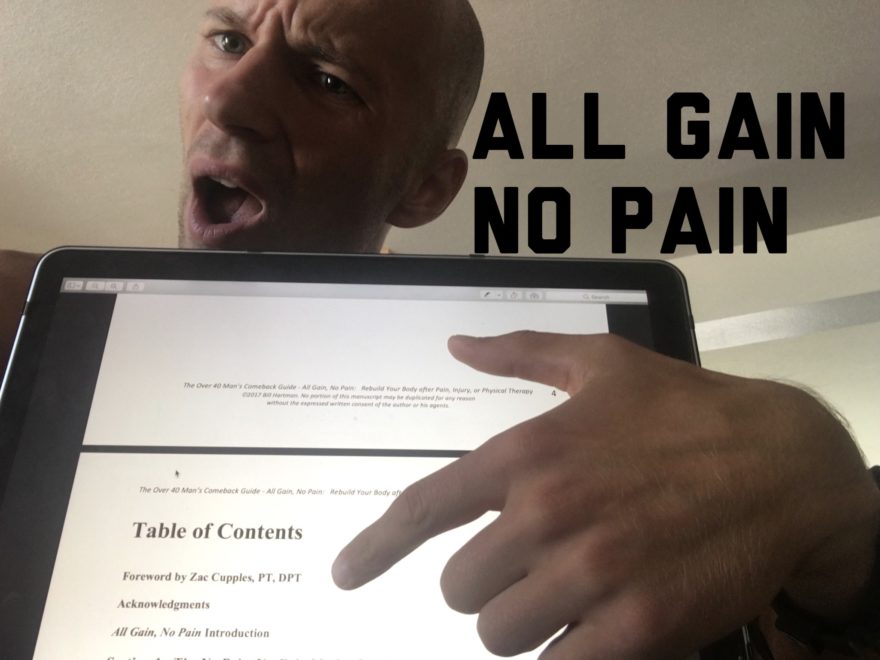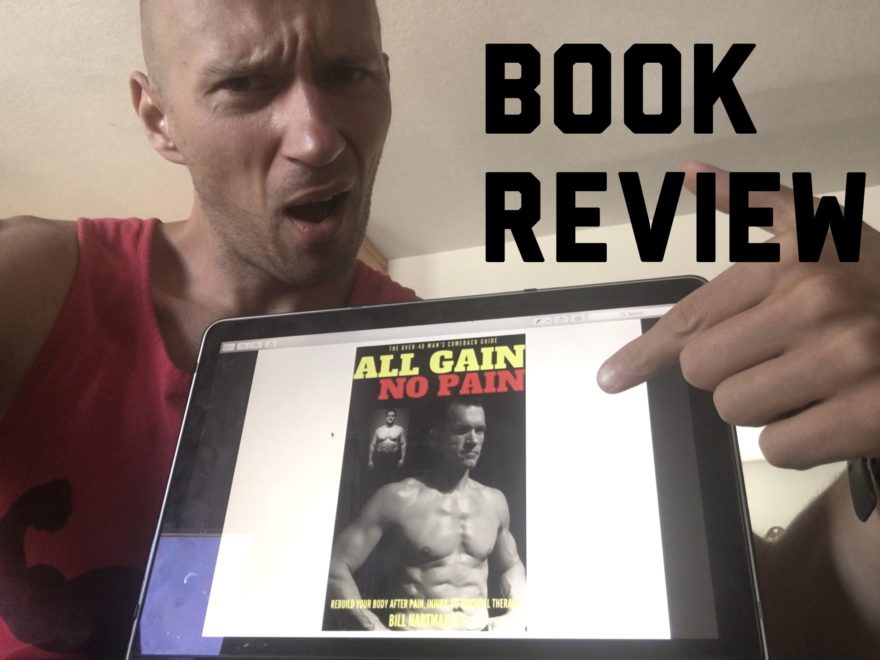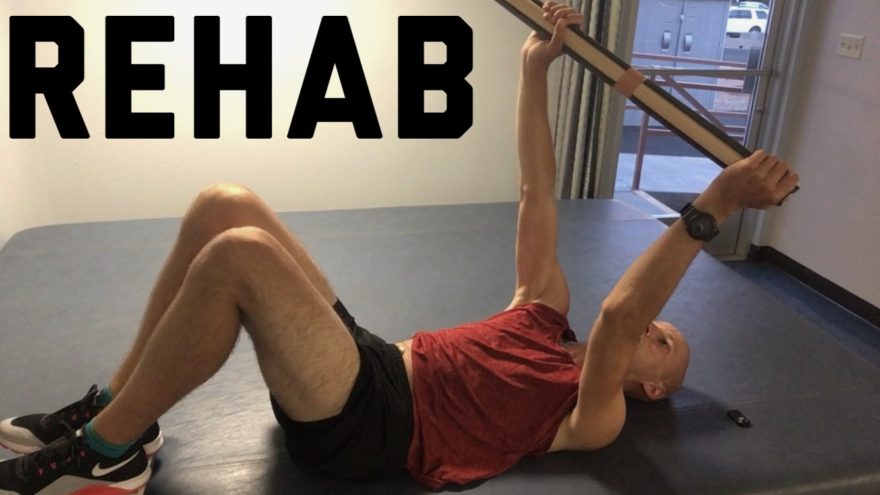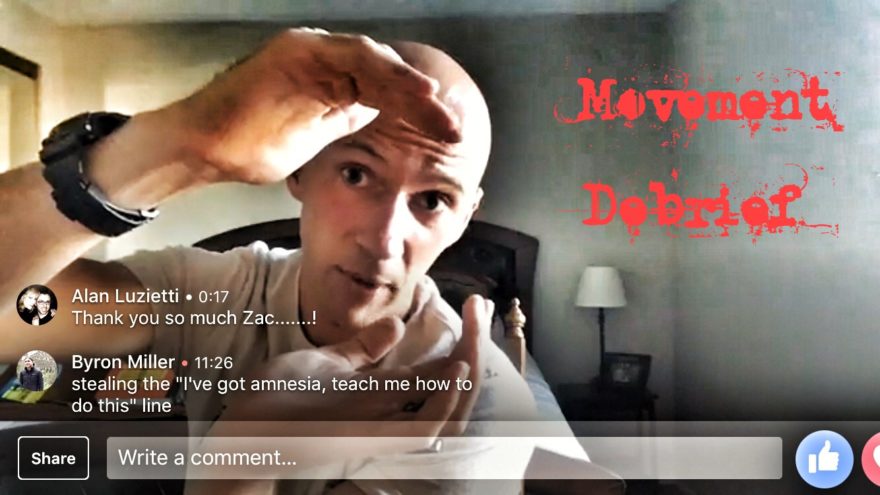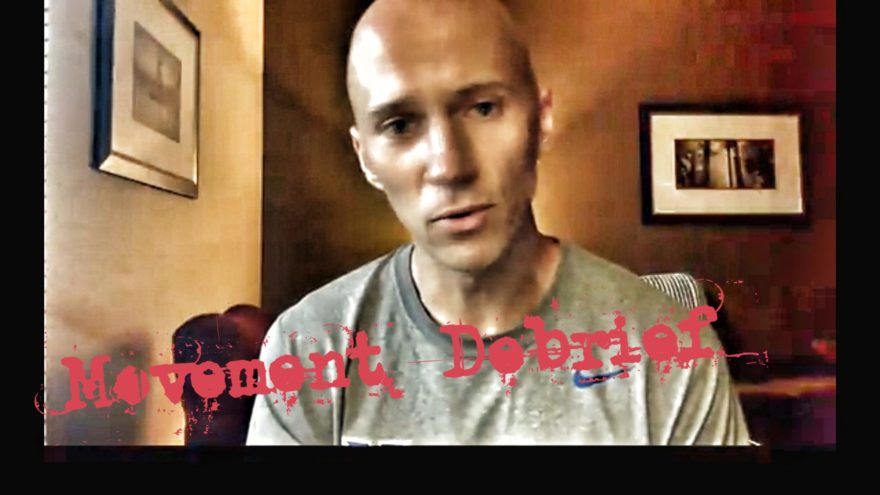It is a common recommendation to immediately refer clients in pain to a medical practitioner. However, immediate referral is oftentimes not warranted, and in certain cases is discouraged. But as a trainer, how do you know when a client’s pain is a medical problem, and when is it not? With today’s podcast, I hope to answer that question for you, as well as give you tips on working with people in pain, and collaborating in a manner that is in your client’s best interest. Enjoy, and check out the modified transcript below Modified Transcript If you are a trainer, and your client has pain, what should you do? Well I’m glad you asked. Many people on the interwebz will make the claim that if your client has pain, you should refer. The reason why this claim is made is 1) because you do not want to make your client problem worse; 2) you also want to cover your ass. If you do something and your client’s problem gets worse, you could potentially get sued. That’s why people say “when in pain, refer out.” I think that this claim is bullshit, and here’s why. Reasons why immediate referral can be problematic There are three negative consequences when you pull the referral trigger too early. Pain does not equal tissue damage This claim assumes that pain and tissue damage are synonymous. If you listen to my talk, Practical Pain Education, you would find that
Read More